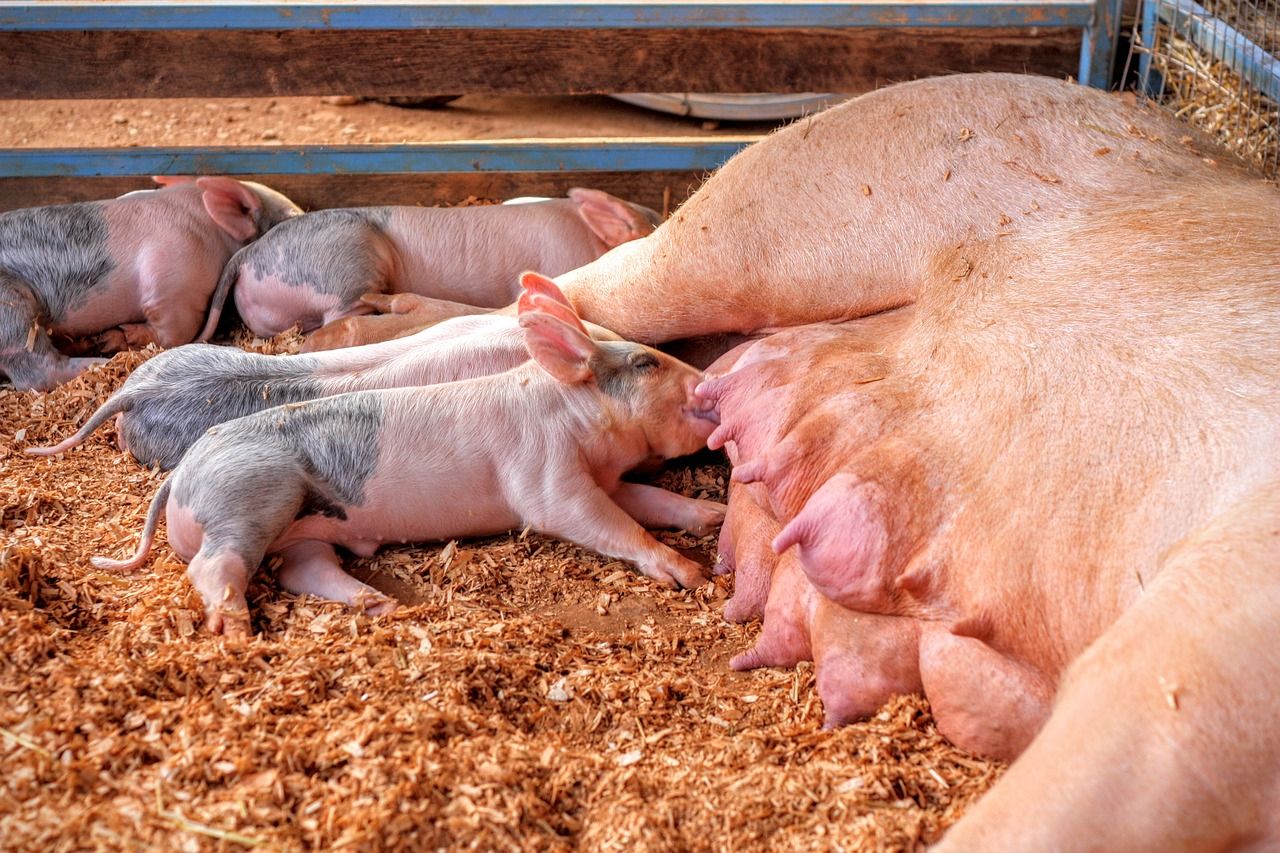Editor’s Note: Janette Barnard is founder and CEO of The Poultry Exchange, an online marketplace for the chicken meat market, which recently raised a seed round of funding. Here Barnard asks why the animal protein sector has not attracted the attention of more entrepreneurs and startups.
Of the $4.6 billion in venture capital that flowed to agriculture technology startups in 2015, only a fraction flowed to startups bringing innovation to the $200+billion animal protein space.

Technologies dedicated to the animal protein space that have received funding in recent months range from decision support software tools using aerial imaging to climate control tech and animal health startups. But there is plenty more opportunity, and need, for entrepreneurs to innovate in this large market.
Here are four reasons the animal protein space — specifically beef, pork, and poultry — deserves its day in the technology sun and is ripe for efficiency-driving innovation.
1) Changing market dynamics
More protein companies are making the strategic shift to become food companies with strong CPG (consumer packaged goods) capabilities. Foster Farms and Tyson recently hired CEOs from CPG backgrounds, examples of this trend in action.
As companies morph from production-centric to marketing-centric capabilities, what gaps will arise in the process?
Additionally, increasing consolidation across all points of the supply chain — from production to processing to food manufacturers/retailers — is driving complexity across internal supply chains. Foreign investment in domestic animal protein companies is rising. The capital structure of the industry is shifting as more companies transition from family ownership to either traded or non-family private ownership.
What impact will these factors have on strategies from cost management to acquisition activity to further vertical or horizontal integration trends?
Beef, chicken, and pork have increased their export market share over recent decades: approximately 20% of US-produced meat is exported today. It remains to be seen what trade deals the new administration will pursue, but if new export markets open, there will be increased need for the seamless flow of physical products and information.
What role could technology play in reducing transaction costs associated with exporting meat, reducing the physical cost to ship meat from Mississippi to Nigeria, or providing the necessary transparency to open new markets?
2) Shifting consumer preferences
The industry has made great strides increasing transparency and traceability over recent years, but consumers demand this trend continues. The increased push for supply chain transparency is particularly difficult in segments of supply chains that are highly fragmented, such as cow-calf production in the beef supply chain. Companies like McDonald’s and Cargill are tackling this issue through programs like the verified sustainable beef pilot program, but this trend is in its infancy.
How do we unleash the power of technology in a cost effective manner to track thousands of cattle through a multi-pronged supply chain that turns into billions of burgers?
Animal protein markets are experiencing bifurcation with commodity/conventional production still representing the vast majority of supply (and demand) but niche production increasingly being a factor, whether antibiotic free, organic, etc. Conventional producers continue to focus on cost efficiency while specialty producers make a revenue play.
How does each type of company optimize its business model?
This gets even more interesting when looking at the trend of more companies moving to a hybrid model with the majority of production conventional and a small percentage produced for niche markets: what operational and marketing challenges does that open up?
The specialty production supply chain, whether organic, antibiotic free, etc., is still in the infancy of formation. This creates the need and opportunity for supply chain optimization as producers ensure they receive premium pricing for niche products that were produced at a higher cost and buyers who pay premiums looking to verify production methods.
3) Generational change
The ‘good old boy’ network is dying. A generational turnover is currently underway that will ultimately leave a native technology generation in leadership. But it’s less about the demographic change and more about the paradigm shift. Individuals who have filled roles for three to four decades will be retiring, and their replacements will instinctively look for technology solutions to enable increased efficiency and more output with less input — whether human capital or otherwise. These leaders will look to their networks to drive results in catalytic ways, not the complacent ways of the good old boys.
How will these decision makers expect to leverage technology and networks in new ways to make their operations more efficient and their financial positions stronger?
4) Regulatory scrutiny
From feed contents to line speeds in the processing plant to antimicrobial control, there is increasing regulatory scrutiny at all points along the supply chain from the farm to processing plant to distribution centers. So-called RegTech (regulation technology) startups could find multiple market applications as animal protein producers and processors navigate increasingly complex regulations and the resulting documentation requirements.
By 2050 the world will need 60% more animal protein to meet global nutrition demands. This sets the backdrop on the above industry dynamics and most effectively demonstrates why the animal protein segment is in need of a technology revolution. These segments have made unparalleled strides in efficiency over recent decades, but now is the time to drive further faster.
How will entrepreneurs, venture capitalists, and those who produce, process, and distribute animal protein come together to ensure the industry meets rising global demand?
It’s going to be fun to find out.
Are you a startup innovating for the animal protein sector? We want to hear from you! Email [email protected].




